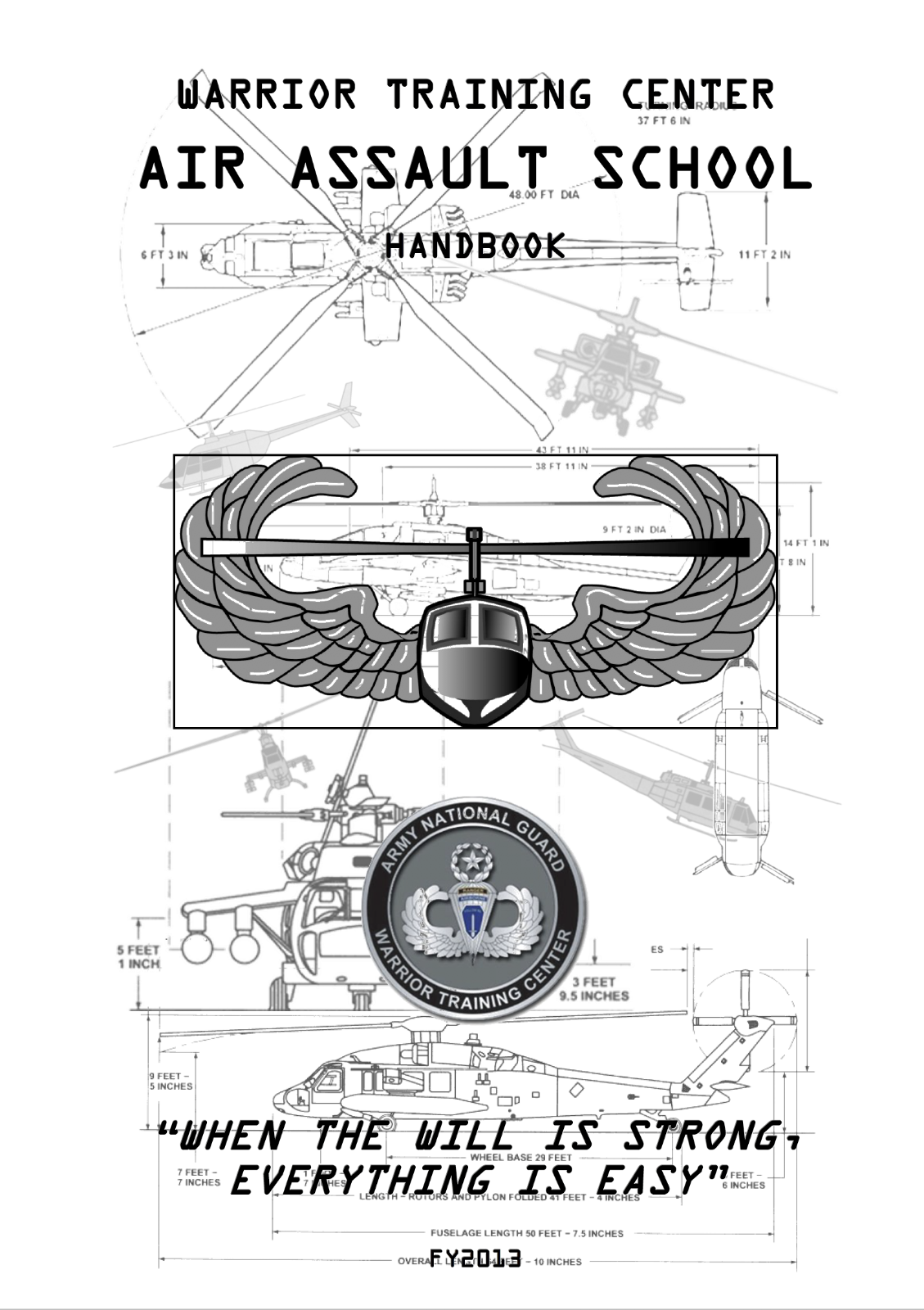-40%
U.S. ARMY, MEXICAN WAR, CAMPAIGN STREAMER, PALO ALTO, 1846
$ 10.56
- Description
- Size Guide
Description
U.S. ARMY, MEXICAN WAR, CAMPAIGN STREAMER, PALO ALTO, 1846The Army adorns its flag with a separate Streamer for each important action in all wars in which it participated. The Army currently allows 190 Streamers. This Campaign Streamer is regulation size at 2-3/4 inch x 4 feet long. This Streamer has a grommet at the hoist end (left side) to protect the material and provide a device to attach the Streamer to the ring holder and then to the top of the flagpole which is held in place by the top ornament (spear, eagle, etc)
Palo Alto, 8 May 1846.
Conditions had been steadily worsening along the Rio Grande. The United States claimed the Rio Grande as the international border while the Mexican Government claimed the Nueces was the proper border. Early in 1846, General Zachary Taylor built a fort on the Rio Grande opposite the Mexican town of Matamoros. In April, the Mexicans countered by sending a force of about 1600 cavalrymen across the Rio Grande where, on 25 April, they overwhelmed a force of 60 dragoons under Captain S. B. Thornton.
Mexican forces at Matamoros steadily grew stronger in April. By the end of the month General Taylor had become concerned about his lines of communication with his lightly held main base at Point Isabel, near the mouth of the Rio Grande. Therefore, on 1 May Taylor moved the bulk of his army to Point Isabel, leaving a small detachment of artillery and infantry under Maj. Jacob Brown at the fort opposite Matamoros. The Mexicans soon placed this fort (later named Fort Brown) under heavy attack. On 7 May Taylor moved to the rescue with about 2,300 men. On the morning of 8 May, when little more than half way to the fort, the Americana came face to face with the enemy, a force numbering perhaps as many as 6,000 men, commanded by Gen. Mariano Arista. Its right flank rested on an elevation known as Palo Alto (after which the engagement was named). Taylor moved unhesitatingly into battle, using his artillery toc over the deployment of the infantry. The engagement continued until nightfall, when the Mexicans withdrew. Effective use of artillery fire was largely responsible for the American victory. American losses were 9 killed and 47 wounded. The Mexicans suffered more than 700 casualties, including about 320 deaths.
The campaign streamers attached to the Army Flag staff denote campaigns fought by the Army throughout our nation’s history. Each streamer (2 ¾ inches wide and 4 feet long) is embroidered with the designation of a campaign and the year(s) in which it occurred. The colors derive from the campaign ribbon authorized for service in that particular war.
The concept of campaign streamers came to prominence in the Civil War when Army organizations embroidered the names of battles on their organizational colors. This was discontinued in 1890, when units were authorized to place silver bands, engraved with the names of battles, around the staffs of their organizational colors. When AEF units in World War I were unable to obtain silver bands, General Pershing authorized the use of small ribbons bearing the names of the World War I operations. In 1921 all color-bearing Army organizations were authorized to use the large campaign streamers currently displayed.
"The Army Flag and Its Streamers" was originally prepared in August 1964 by the Office of the Chief of Military History, in cooperation with the Office of the Chief of Information, and the U.S. Army Exhibit Unit, to provide general summaries of each of the campaigns displayed on the Army flag. It was subsequently updated by the Center of Military History to add the campaigns from Vietnam. This study covered named campaigns only and did not include the campaigns that were sometimes awarded to individual units for war service in engagements outside the limitations of the named campaigns (i.e., Virginia 1863). It only addressed those campaigns authorized for display on the Army flag.









